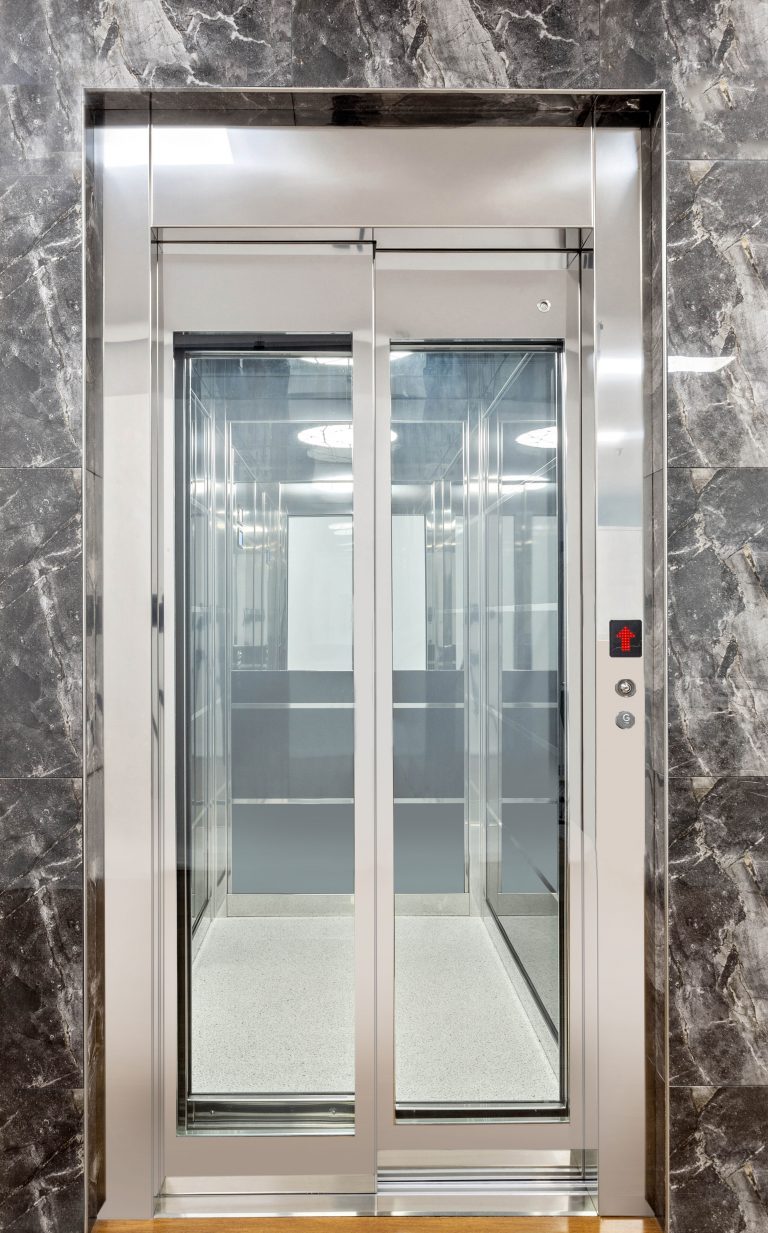We Maintain Lifts with Accuracy: Ensuring Safety And Security and Performance
We Maintain Lifts with Accuracy: Ensuring Safety And Security and Performance
Blog Article
Diving Into the Globe of Elevators: Common Concerns Dealt With by Numerous Lift Systems
As we navigate via the vertical transport systems of contemporary buildings, lifts stand out as an essential part of our every day lives. However, behind their smooth operation exists a globe of detailed systems that can sometimes run into difficulties. From hydraulic lifts to traction systems and machine-room-less styles, each lift kind comes with its set of usual issues. Comprehending these challenges is vital for ensuring the smooth functioning of these essential systems. Allow's explore the intricacies that underlie the procedure of elevators and the prospective concerns that can arise, losing light on the elaborate internet of lift devices.
Hydraulic Elevators
Hydraulic elevators, usually preferred for low-rise buildings, use fluid stress to regulate the movement of the elevator automobile (lift repair companies). This device includes a hydraulic pump pressing oil right into a cyndrical tube, causing the elevator to relocate the preferred instructions. While hydraulic elevators are understood for their smooth and silent procedure, they do feature their own set of common concerns
One widespread issue with hydraulic elevators is oil leak. The seals in the hydraulic system can break with time, causing oil seepage. This not only develops a mess yet can additionally impact the lift's efficiency if left unaddressed. In addition, problems with the control system, such as defective valves or a malfunctioning pump, can create interruptions in the elevator's movement.
Routine upkeep and prompt repair work are important to make certain the smooth performance of hydraulic elevators. By addressing these common problems proactively, structure owners can minimize downtime and make certain the safety and security and effectiveness of their vertical transport system.
Grip Elevators
When taking into consideration vertical transport systems in structures, one more usual type apart from hydraulic elevators is the grip lift. Traction lifts run using a system of ropes and weights that relocate the elevator automobile by gripping onto the hoist ropes. This mechanism enables smoother and much faster upright transport compared to hydraulic systems.
Among the typical issues encountered by traction lifts is rope wear. The constant activity of the ropes within the grip system can cause tear and wear in time, potentially creating the elevator to breakdown or end up being unsafe for usage. Routine assessments and upkeep of the ropes are important to make certain the lift's appropriate functioning and security.
One more issue that grip elevators may run into is related to the control system. Troubles with the control system can lead to concerns such as irregular motion, hold-ups in response times, or perhaps total closures. Routine screening and maintenance of the control system are important to avoid such issues and ensure the elevator's dependability.
Machine-Room-Less (MRL) Elevators

One of the vital elements of MRL elevators is the portable gearless traction equipment that is set up within the hoistway. This machine effectively drives the elevator auto without the requirement for bulky devices found in typical traction lifts. Additionally, MRL lifts usually make use of a counterweight system to stabilize the automobile, further improving their power performance.
In spite of their benefits, MRL lifts might face obstacles associated with repair and maintenance as a result of the restricted room for devices installment. Availability for servicing components within the shaft can be restricted, needing specialized training for technicians. Appropriate upkeep schedules and routine examinations are vital to make certain the ongoing smooth procedure of MRL lifts.
Overloading and Weight Limitation Issues
Are elevators furnished to handle excess weight lots effectively and safely? Overloading and weight limitation problems are essential issues in lift procedures. Lift manufacturers layout raises with details weight abilities to make certain passenger safety and tools durability. Surpassing these weight limits can cause various problems, consisting of mechanical failings, delays, and safety dangers.
When lifts are overwhelmed, it puts excessive pressure on the motor, wires, and various other components, possibly triggering malfunctions or breakdowns. Security mechanisms such as sensing units and overload sensors are in area to stop elevators from relocating if they detect excess weight. In addition, surpassing weight limits can cause increased power consumption and damage on the elevator system.
To alleviate overloading concerns, building supervisors ought to plainly display weight restrictions in elevators and inform occupants on the value of sticking to these restrictions - lift repair companies. Normal upkeep checks by qualified professionals can likewise aid ensure that elevators are running within safe weight specifications. By addressing overloading and weight limitation concerns proactively, structure owners can improve lift safety and effectiveness
Electric System Failings
Surpassing weight restrictions in elevators can not only lead to mechanical concerns but likewise potentially contribute to electrical system failures within the lift framework. Electric system failings are a vital issue in elevator procedure, as they can trigger unforeseen shutdowns, breakdowns, or also safety and security threats.
Regular maintenance and assessments are essential to identify and resolve possible electrical problems quickly, making sure the effective and secure procedure of elevator systems. By sticking to weight limits and conducting regular electrical system checks, building owners can reduce the danger of electric failings in elevators.
Verdict

Hydraulic lifts, often favored for low-rise structures, make use of fluid stress to control the motion of the lift vehicle.When considering upright transportation systems in structures, an additional common kind aside from hydraulic elevators is the traction lift. Traction elevators run making use of a system of ropes and weights that move the lift auto by clutching onto the hoist ropes. Unlike standard elevators that require a separate device space to house the equipment, MRL elevators incorporate many of the components within the shaft, getting rid of the need for a dedicated equipment space.In final thought, lifts face usual issues such as hydraulic malfunctions, traction system internet failings, and electric system issues.
Report this page